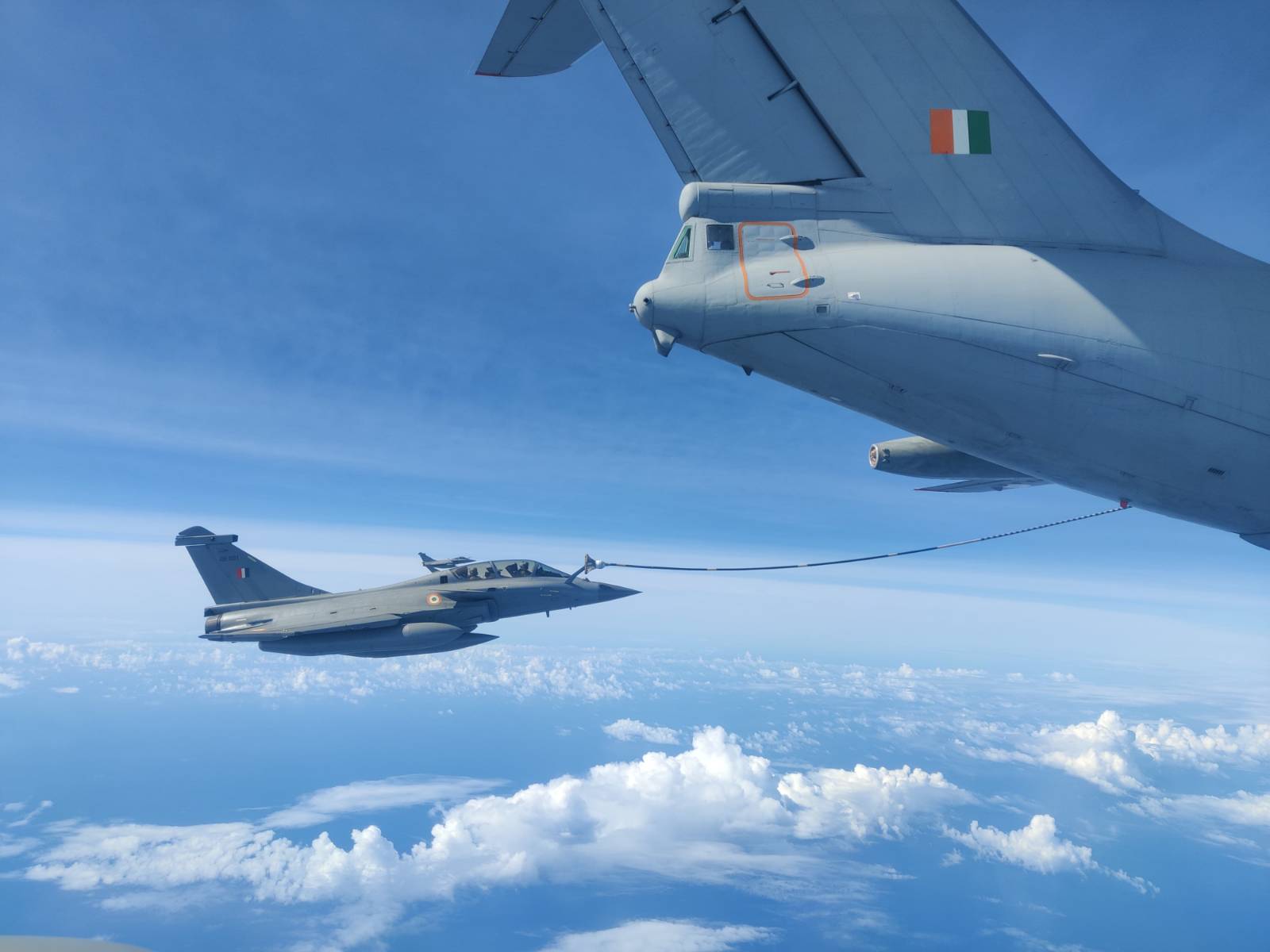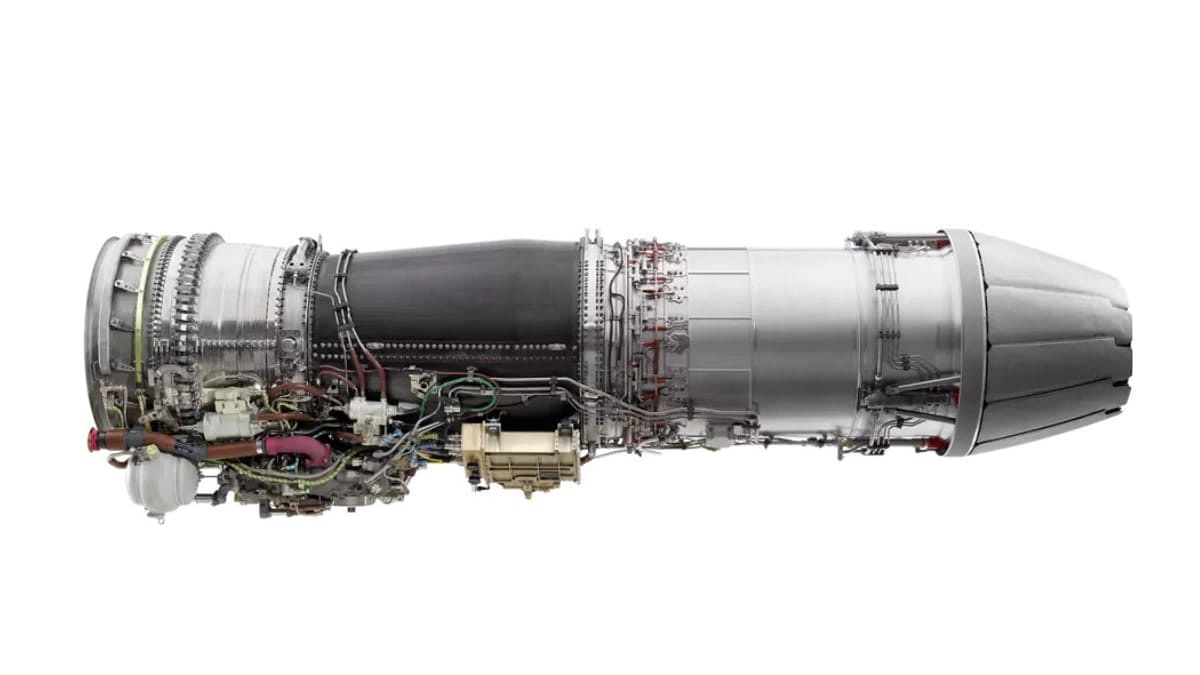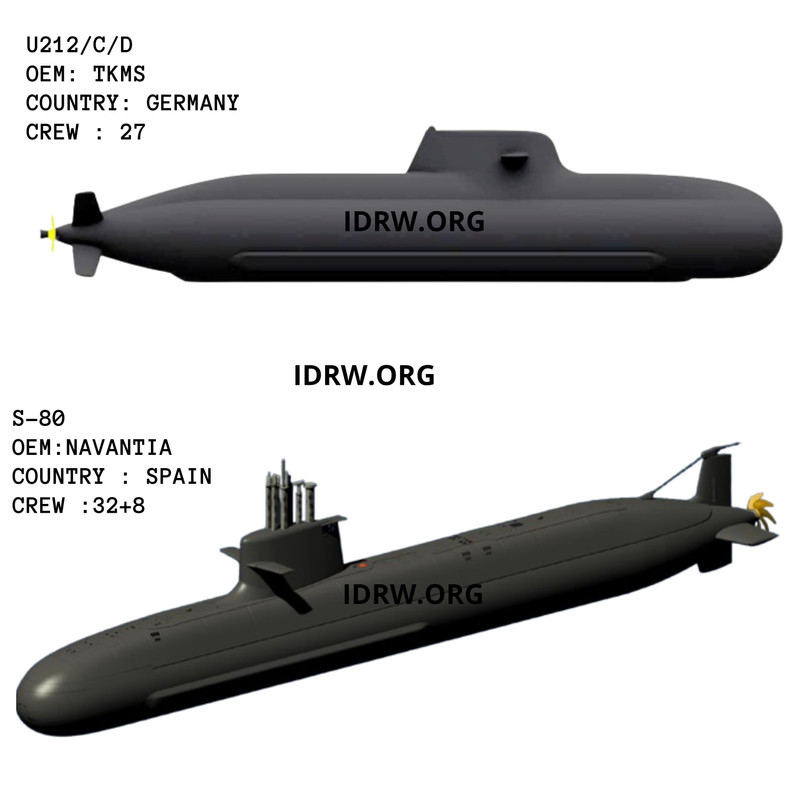SOURCE: AFI

A Bangladeshi military exercise has turned sour after an accident involving a Chinese-made Type-59G tank and Pakistani ammunition. The incident, which occurred on May 5, 2024, has sparked blame games between all three parties.
The information available suggests that a Bangladeshi tank regiment was conducting a live-fire exercise when an unspecified malfunction occurred. This resulted in the death of one crew member and injuries to at least two others. The Bangladeshi military has not released the cause of the accident.
Continue readingSOURCE: AFI

Bengaluru-based space tech startup Pixxel is gearing up for a landmark year. The company is on track to launch a constellation of six satellites in 2024, utilizing rockets from both the Indian Space Research Organisation (ISRO) and Elon Musk’s SpaceX. This ambitious project signifies Pixxel’s commitment to establishing a robust hyperspectral imaging network.
Pixxel plans to utilize a two-pronged launch strategy, leveraging the capabilities of both the Indian Space Research Organisation (ISRO) and Elon Musk’s SpaceX. This strategic approach allows Pixxel to benefit from the reliability of ISRO’s Polar Satellite Launch Vehicle (PSLV) and the flexibility offered by SpaceX’s rideshare missions. The final decision on launch provider will depend on the readiness of the satellites and the availability of launch windows.
Continue readingSOURCE: IDRW.ORG

Suhas Tejaskanda, founder of Flying Wedge Defence & Aerospace, has announced the imminent commencement of developmental trials for the FWD-200B. This drone, touted as India’s first indigenously developed bomber UAV (Unmanned Aerial Vehicle), has garnered significant attention.
The company initially faced criticism for unveiling a low-cost Mock-up model of the FWD-200B, constructed with materials like wood and steel instead of the real Prototype. FWD-200B fuselage was also seen a bit on the chunky side with a large fuselage volume without clear explanation for such large fuselage volume.
Continue readingSOURCE: IDRW.ORG.

Indian defence startup Big Bang Boom Solutions (BBBS) recently conducted a successful live demonstration of their man-portable Vajra Sentinel System for senior officials of the Royal Air Force of Oman. This showcase highlights India’s growing prowess in indigenous defense solutions.
The Vajra Sentinel System is designed to address the burgeoning threat of drones in modern warfare.
Continue readingSOURCE: AFI

In a recent development, eight Indian Air Force (IAF) Rafale fighter jets arrived at Eielson Air Force Base in Alaska for a joint combat simulation exercise. This deployment has drawn the attention of military analysts, with many believing it to be a veiled response to the ongoing tensions between India and China.
The simulated air combat scenario reportedly pits the Rafale against the American F-35 stealth fighter, acting as a stand-in for the Chinese J-20. This simulated matchup provides a valuable training opportunity for Indian pilots, allowing them to gain insights into the capabilities of the J-20, a fighter jet frequently deployed by China along the disputed Sino-Indian border.
Continue readingSOURCE: AFI

The recent Shangri-La Dialogue in Singapore witnessed a significant development in US-India defense relations. US Defence Secretary Lloyd Austin highlighted the “very strong relations” between the two nations and announced progress on a collaborative project – the co-production of fighter jet engines and armored vehicles.
As part of this initiative, India will be receiving 80% of the Transfer of Technology (ToT) for the advanced F414 engine, which will be manufactured by Hindustan Aeronautics Limited (HAL) in India. This engine is set to power the Tejas MkII program, a key component of India’s indigenous defense modernization efforts.
Continue readingSOURCE: AFI
)
In a significant development that has raised geopolitical concerns, China has deployed advanced stealth jets close to the Indian border near Sikkim. This maneuver highlights the escalating tensions between the two nuclear-armed neighbors and has prompted discussions on India’s potential response. The move is seen as part of China’s broader strategy to assert its dominance in the region and test India’s military preparedness.
Sikkim, a northeastern Indian state, shares a sensitive and strategically important border with China. The region has been a flashpoint for Sino-Indian tensions, most notably during the Doklam standoff in 2017. The deployment of stealth jets by China in this area signals a deliberate show of strength, potentially aimed at securing its claims and enhancing its aerial superiority in the region.
Continue readingSOURCE: AFI

A Turkish-made Bayraktar TB2 drone, known for its use in Ukraine, has reportedly been downed or crashed in Ethiopia’s Oromia region. This incident raises questions about the drone’s effectiveness in different conflict zones.
Reports suggest a Bayraktar TB2 drone, equipped with laser-guided MAM-L munitions, was lost in Ethiopia’s Horo Guduru Welega Zone. While details remain unclear, this incident highlights the drone’s vulnerability in active conflicts.
Continue readingSOURCE: AFI

On this day in 2008, the Indian Air Force (IAF) accomplished the seemingly impossible. An An-32 transport aircraft, a workhorse of the IAF fleet, landed at the world’s highest airstrip, Daulat Beg Oldie (DBO), situated at a staggering 16,614 feet.
This remarkable feat pushed the boundaries of the An-32’s capabilities. Landing at such an extreme altitude is no easy task, and DBO presented an additional challenge – an unpaved surface.
Continue readingSOURCE: RAUNAK KUNDE / NEWS BEAT / IDRW.ORG

The Indian Air Force (IAF) is undergoing a significant modernization effort, with plans to simplify its fighter jet fleet in the coming decades. Currently, the IAF operates a diverse range of aircraft, including MiG-21s, Mirage-2000s, Jaguars, MiG-29s, Rafales, and Su-30MKIs. This variety presents logistical and training challenges.
The IAF aims to streamline its fleet to just five fighter jet types within the next 20 years. This will involve the gradual phasing out of older jets like the MiG-21, Mirage-2000, Jaguar, and MiG-29.
Continue readingSOURCE: RAUNAK KUNDE / NEWS BEAT / IDRW.ORG

Hindustan Aeronautics Limited (HAL) is setting its sights on a potential helicopter deal with Argentina, following the South American nation’s decision to acquire American F-16 fighter jets instead of the Indian Tejas.
This comes after a promising visit in 2022, where a high-level Argentinian delegation led by Lt Gen Juan Martin Paleo, Joint Chief of Staff of the Argentine Armed Forces, toured HAL facilities in Bangalore.
Continue readingSOURCE: RAUNAK KUNDE / NEWS BEAT / IDRW.ORG

India’s most critical submarine acquisition project, Project 75 (India) or P75(I), faces fresh delays due to a hurdle related to a key criterion. Potential foreign vendors are struggling to meet this requirement, impacting the project’s timeline.
The program aims to construct six advanced conventional submarines with superior sensors, weapons, and a vital technology – Air Independent Propulsion (AIP). This technology allows submarines to stay underwater for extended durations without surfacing, enhancing their stealth and operational range.
Continue readingSOURCE: AFI

Azad Engineering, a Hyderabad-based precision engineering firm, has secured a significant contract with India’s Gas Turbine Research Establishment (GTRE) under DRDO. This deal tasks Azad with the end-to-end manufacturing, assembly, and integration of a completely assembled advanced turbo gas generator engine.
While the GTRE contract signifies a major leap in domestic engine production, there’s another interesting development at play. Azad Engineering is also poised to become a key player in the global supply chain for the F404 and F414 engines manufactured by General Electric (GE) and utilized by Hindustan Aeronautics Limited (HAL). These engines are not only the workhorses of India’s Light Combat Aircraft (LCA) Tejas, but also power various fighter jets developed by other nations in Europe and elsewhere.
Continue readingSOURCE: AFI

The ongoing conflict in Ukraine has put Russia’s S-400 air defense system under intense scrutiny. With frequent strikes by advanced Western missiles like Storm Shadows and ATACMS, the S-400’s capabilities are being questioned. These developments prompt a critical evaluation of whether India made the right decision in acquiring this high-profile air defense system.
In recent months, the S-400 has struggled to effectively counter strikes from Storm Shadow cruise missiles and ATACMS (Army Tactical Missile System). Reports indicate that these missiles have successfully targeted not only Ukrainian batteries but also bases and facilities purportedly protected by the S-400. This situation has raised concerns about the system’s ability to defend against modern, high-precision munitions.
Continue readingSOURCE: IDRW.ORG.

The Visakhapatnam naval dockyard, a crucial hub for the Indian Navy on the eastern coast, is undergoing a significant infrastructure upgrade. Recent satellite imagery reveals ongoing construction of a modern integration and assembly facility, hinting at potential support for future nuclear submarine production. Additionally, the completion of an auxiliary weapons handling wharf marks a vital step in servicing the Indian Navy’s ballistic missile submarines and submersible missile test barges.
The integration and assembly facility, currently under construction, is shrouded in some secrecy. However, its characteristics suggest it could play a vital role in the production and maintenance of complex vessels, possibly including nuclear submarines. This development aligns with India’s ambitious plans to bolster its nuclear deterrence capabilities, and the Visakhapatnam dockyard, with its established expertise, is a prime candidate to support such endeavors.
Continue reading